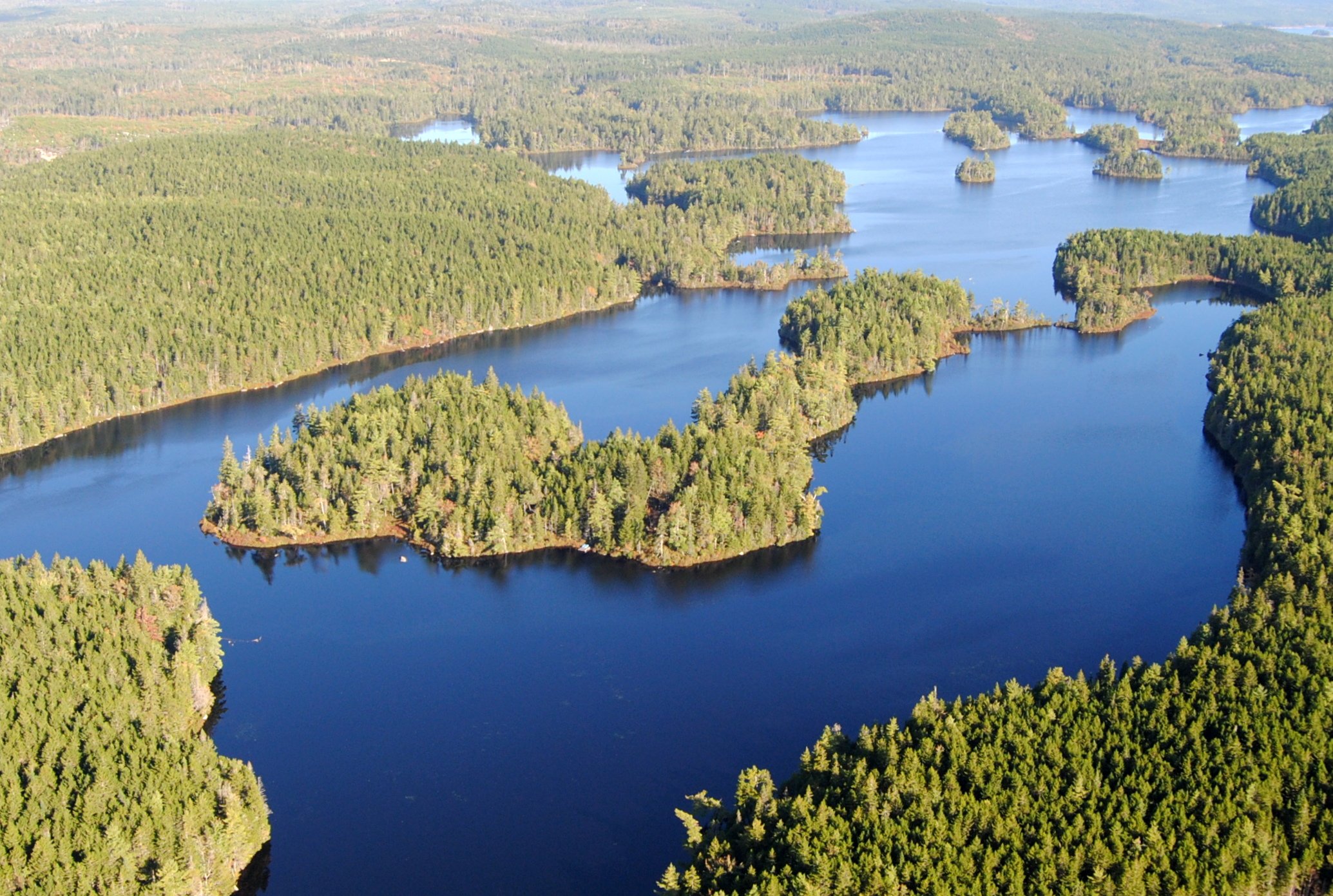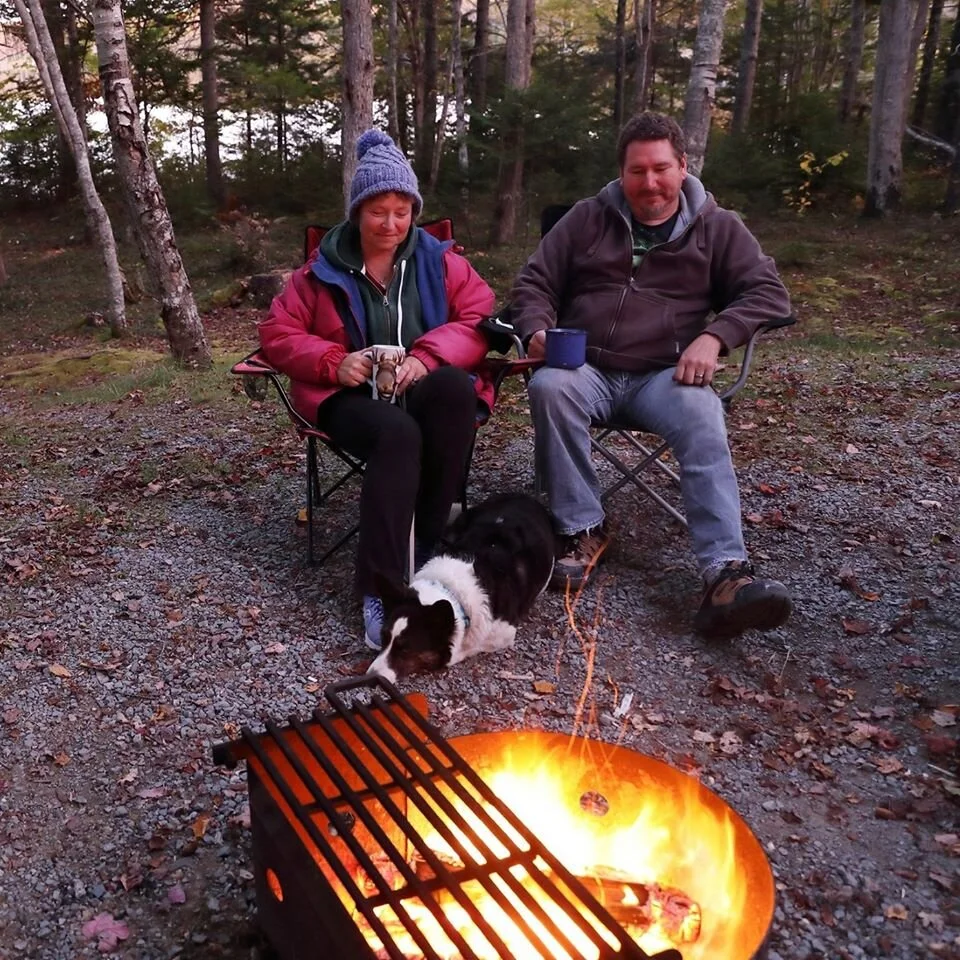Nova Scotia's New Island Lake Wilderness Area Is Now Protected

Over the holidays, the Government of Nova Scotia announced that they have protected an area outside Halifax enjoyed and valued by generations of Nova Scotians for hiking, fishing and camping.
The new Island Lake Wilderness Area protects 3,937 hectares of land, wetlands and water in the St. Margarets Bay area. It is one of 23 new designations that protect an additional 14,000 hectares of forest, water, wetlands, coastline and coastal habitats, bringing the total area of the province that is protected to 13.45 per cent.
“Protecting nature benefits all of us today and ensures future generations of Nova Scotians can also enjoy these special places, as they will remain parts of our communities for perpetuity. Our government is protecting more of Nova Scotia’s land, wetlands and water for the many benefits they give us – helping us stay physically and mentally healthy, giving us clean air and drinking water, helping us fight climate change, strengthening biodiversity and preventing further biodiversity loss, providing habitat for wildlife and much more. Today is a great day for our province and our planet.”
The Island Lake Wilderness Area includes old-growth and conifer forest, lakes, wetlands and watercourses, including part of the lower Ingram River. It also includes the scenic Island Lake, a large lake with islands that is sheltered by coves and surrounding hills, making it a great place for canoeing, boating, hiking and camping. The Mi’kmaq also use Island Lake for fishing and other traditional activities. The new wilderness area is habitat for many species, such as the endangered mainland moose and other species at risk.
Minister Halman also released the Collaborative Protected Areas Strategy, which will guide the Province’s work in achieving the goal to protect 20 per cent of Nova Scotia’s land and water mass. More than 600 Nova Scotians provided input to inform the strategy, which includes guiding principles and 24 actions grouped under four solutions to protect more land, water and wetlands.
Here’s a list of all the areas that have been updated…
New wilderness areas:
Island Lake Wilderness Area, 3,937 hectares; it includes the Ingram River area of Halifax Regional Municipality and a small amount of land in Hants County
Guysborough Headlands Wilderness Area, 3,012 hectares, Guysborough County
Big Plains Wilderness Area, 2,112 hectares, Guysborough County
Nine Mile Woods Wilderness Area, 1,031 hectares, Guysborough County
Douglas Meadow Brook Wilderness Area, 637 hectares, Cumberland and Colchester counties
Expanded wilderness areas:
South Panuke Wilderness Area, an additional 349 hectares, Halifax Regional Municipality
Fourchu Coast Wilderness Area, 191 hectares, Richmond and Cape Breton counties
Gully Lake Wilderness Area, 175 hectares, Pictou and Colchester counties
Liscomb River Wilderness Area, 144 hectares, Guysborough County
Ogden Round Lake Wilderness Area, 134 hectares, Guysborough County
Devils Jaw Wilderness Area, 40 hectares, Hants County
Trout Brook Wilderness Area, 38 hectares, Inverness County
Blue Mountain-Birch Cove Lakes Wilderness Area, 15 hectares, Halifax Regional Municipality
New nature reserves:
Long Lake Bog Nature Reserve, 714 hectares, Queens County
Harpers Lake Nature Reserve, 401 hectares, Shelburne County
Point Michaud Nature Reserve, 309 hectares, Richmond County
Mulgrave Hills Nature Reserve, 242 hectares, Guysborough County
Minard Brook Nature Reserve, 83 hectares, Queens County
Cap La Ronde Nature Reserve, 72 hectares, Richmond County
Sugar Harbour Islands Nature Reserve, 36 hectares, Guysborough County
Tobacco Island Nature Reserve, nine hectares, Guysborough County
East River St. Marys Nature Reserve, five hectares, Guysborough and Pictou counties
Expanded nature reserve:
Ponhook Lake Nature Reserve, an additional 162 hectares, Queens and Lunenburg counties





